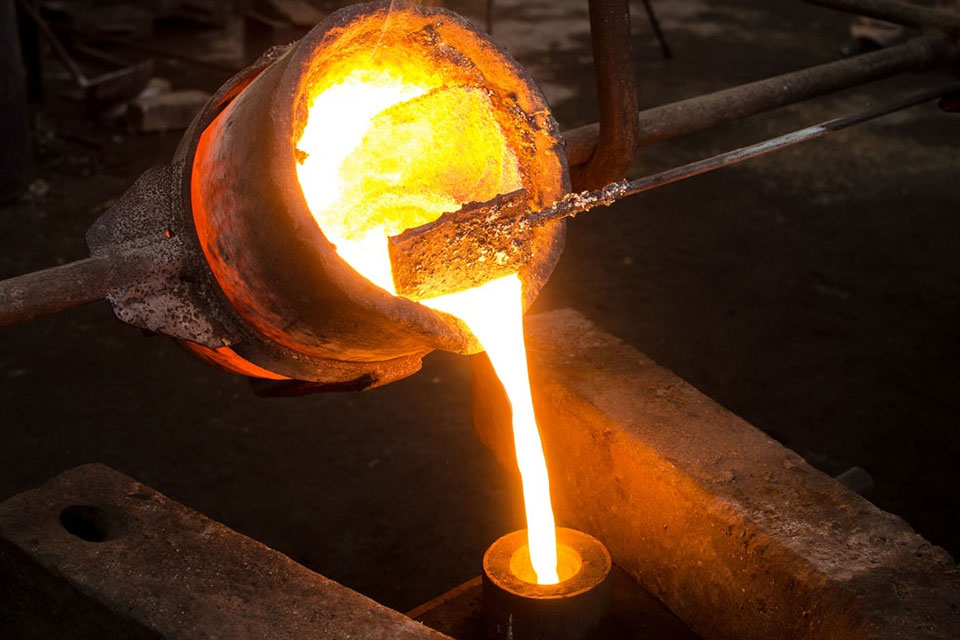Investment casting, or lost wax casting, is one of the earliest processes for manufacturing something, dating back more than 5000 years. Even after all this time, the process is still very relevant in modern times for precision engineering, where positional and dimensional accuracy, surface finish and material options matter.
What is investment casting?
Investment casting is a type of precision casting that allows for the manufacturing of complex parts with high levels of dimensional accuracy. Investment casting starts with a wax model of the part that is coated in ceramic material to form a shell like mold. Once the wax is melted out, they pour molten metal into the shell, and once it cools down, they remove the ceramic shell to have the metal component in near net shape.
Investment casting enables the manufacturer to create complex shapes that would otherwise be very difficult, expensive, or even impossible to create through machining or other methods of casting.
The Technique of Investment Casting
Wax Pattern Process – An injection molded wax representation of the part is produced.
- Assembly – To form a “tree,” it is common practice to adhere multiple wax patterns to a central wax spruce.
- Ceramic Shell – The wax assembly is dipped in ceramic slurry and then coated several times with fine sand, until a certain thickness of the shell has been reached.
- Dewaxing – Melting and extracting the wax from the hollow ceramic mold is known as dewaxing.
- Pouring Metal – The mold chicken is filled with molten metal.
- Shell Breaking – After the metal has solidified, the ceramic shell is torn off to reveal the cast portion.
- Finishing – The components may require heat treatment, machining or polishing for their feature finish.
Benefits of Investment Casting
- High Accuracy: Dimension tolerances are exceptional, which means there is less machining required.
- Complex Shapes: Capable of creating complex shapes while maintaining a reasonable degree of detail.
- Superior Surface Finish: Smooth surface finish with little finishing required
- Material Flexibility: Able to work with almost all metals, stainless steel, aluminium, titanium, and nickel based alloys.
- Cost Savings of Complex Parts: Reduces lead time and material waste in relation to traditional methods.
Uses of Investment Casting
The versatility of investment casting is what makes it broadly used across many industries:
- Aerospace: Turbine blades, engine components and structural items.
- Automotive: High performance engine components and gearbox components, and lightweight structures.
- Medical: Surgical instruments, orthopedic implants and prosthetic components.
- Energy: Valves, pumps, and components for oil & gas and renewable energy systems.
- Industrial Machinery: Complex and intricate parts for robotics, construction and heavy equipment.
The Advancement of Investment Casting
Investment casting is becoming more efficient with the incorporation of 3D printing and simulation. With additive manufacturing, wax or even ceramic molds can be produced in no time, decreasing lead times and diversifying designs. With automation and advanced metallurgy, investment casting will continually become a staple of precision manufacturing.













